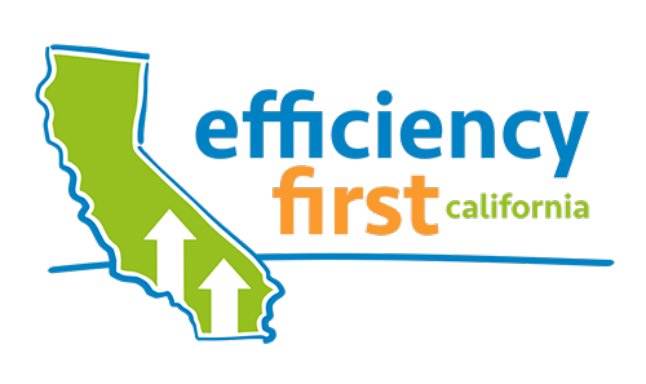blog
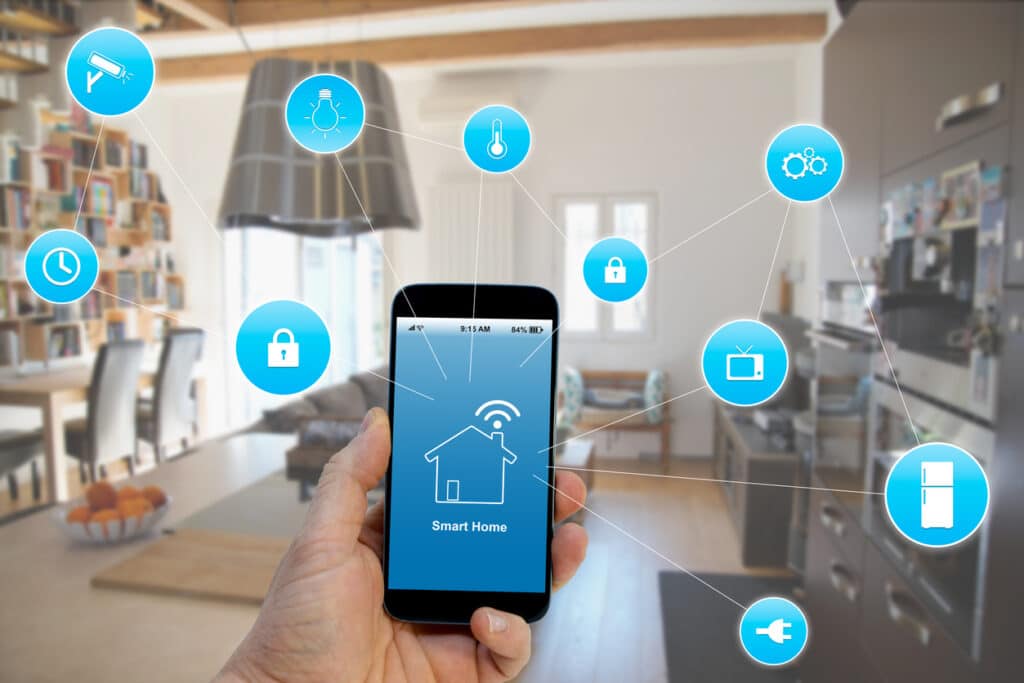
Industry Trends to Watch in 2024
Posted by Charley Cormany Efficiency, Electrification, and Decarbonization: Key Trends and Innovations in 2024 If you work in the energy industry, you’ve probably noticed that you could spend the first three …
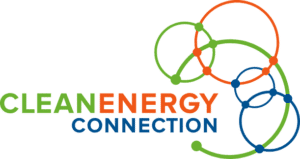
The Clean Energy Connection – Powered by EFCA
Participating in rebate programs can be challenging. Staying on top of changes in the program and submitting the necessary paperwork takes time. One primary benefit of participating is the leads…

2023 Unpacked: EFCA Is Not Your Typical Trade Organization
Posted by Charley Cormany, EFCA Executive Director Back to In-Person Events 2023 was a whirlwind year for Efficiency First California. We started with a renewed sense of optimism. The days of …
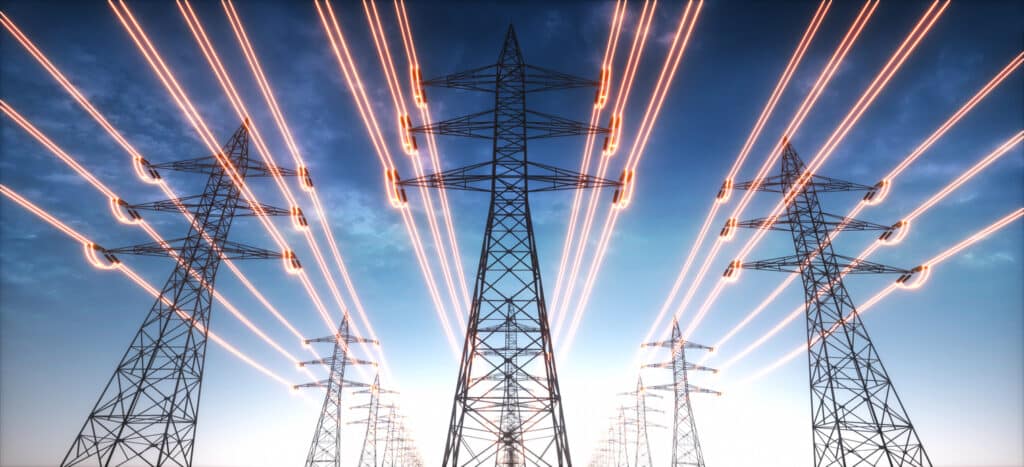
Takeaways from the EPRI/CEC Building Electrification Summit
Posted by Charley Cormany, EFCA Executive Director California has positioned itself as a national leader in decarbonization. To meet its goals, the state needs to reduce emissions from all sources, including …

Making Exceptions Makes Sense, Except When it Doesn’t
The buildings we occupy are complex. Each one is slightly different, and minor variances can significantly impact how they perform. Rebate programs and verification protocols do a reasonable job of…
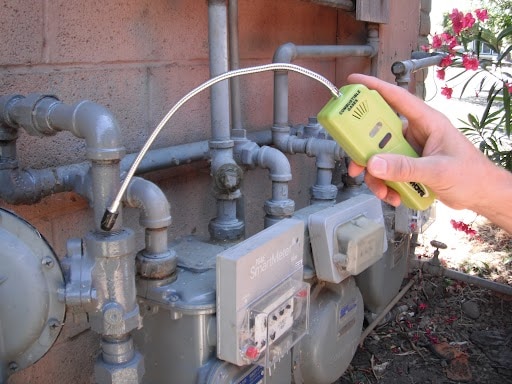
Field Quality Control – An Outdated Idea or a Necessary Process?
As a program administrator for the Sacramento Municipal Utility District (SMUD), Efficiency First currently manages several residential rebate programs. One of our most essential services is field quality control inspections…

Never Underestimate the Power of Innovation
Many barriers exist before we can fully transition to a clean energy future. Decarbonization and electrification efforts are gaining traction across the globe. There is no question this transition will…

Highlights from the 2023 BPA National Home Performance Conference
Last month, we made a trek to Seattle to attend the Building Performance Association’s (BPA) National Home Performance Conference 2023. The trip exceeded our expectations, offering invaluable insights into the…
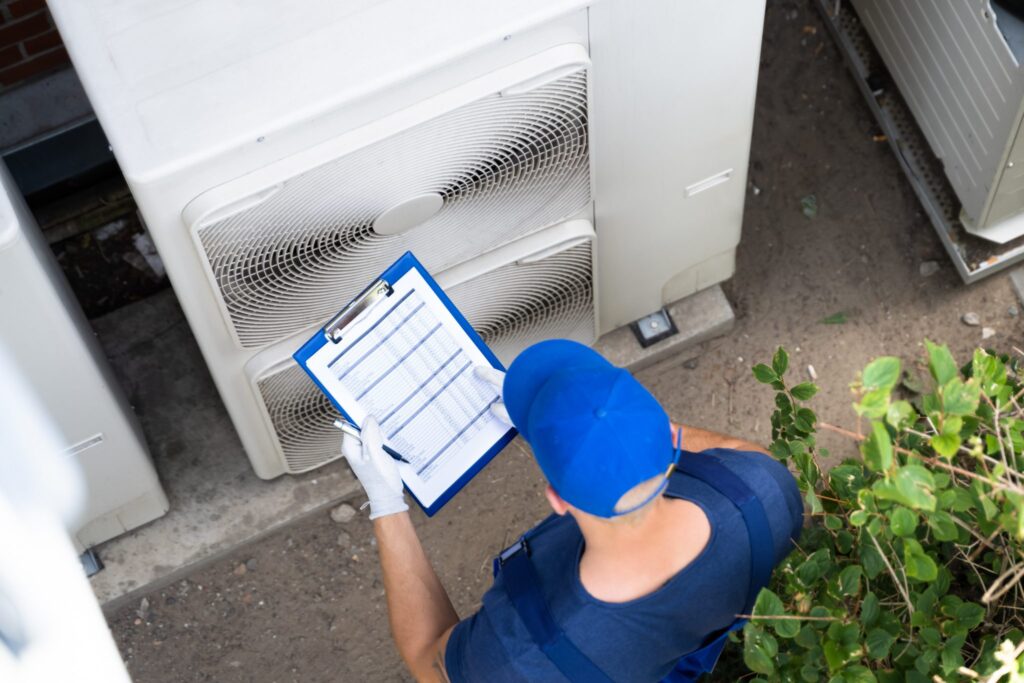
The Last Mile: Why the Final Day of a Retrofit Project is the Most Important
Contractors work hard to install equipment and other measures to improve the performance of their customer’s homes. Energy upgrades have many benefits, improved indoor air quality, comfort, lower energy bills,…
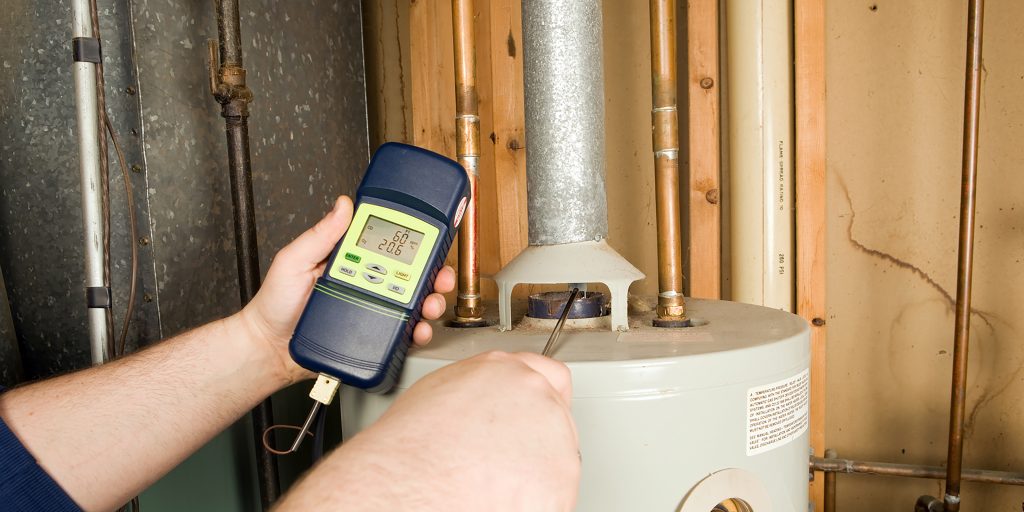
All-Electric Buildings – The Safer Alternative
Building electrification and heat pumps are getting a lot of attention these days. Most of the conversation centers on taking advantage of clean, carbon-free electricity from renewables. Heat pumps are…

Heat Pumps: A Great Technology With a Few Drawbacks
There is a trend in the industry to electrify everything, and heat pumps play a crucial role in buildings. Can the approach be as simple as replacing gas appliances with…

Smart Decarbonization
The rush to a carbon-free future is in full swing. The effort has slowly been gaining traction, and funding from the Biden administration’s Inflation Reduction Act (IRA) will significantly advance…
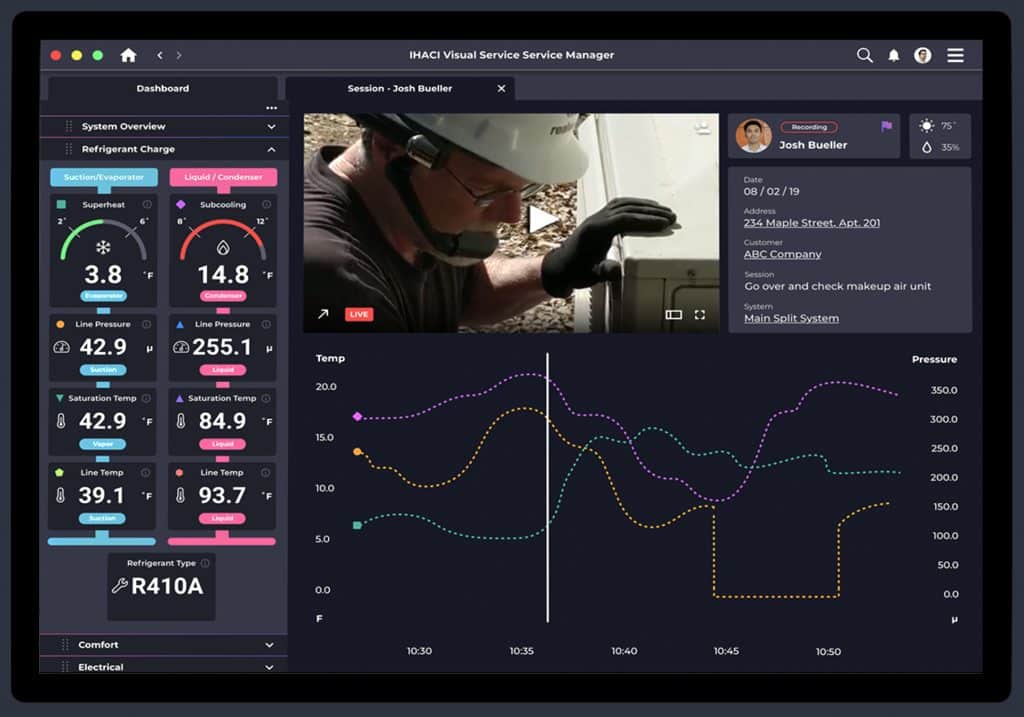
The Latest From The Field – IHACI 2022
The Institute of Heating and Air Conditioning Industries (IHACI) is a nonprofit trade organization representing the Heating, Ventilation, and Air Conditioning (HVAC) industry. Once a year, IHACI hosts a tradeshow…
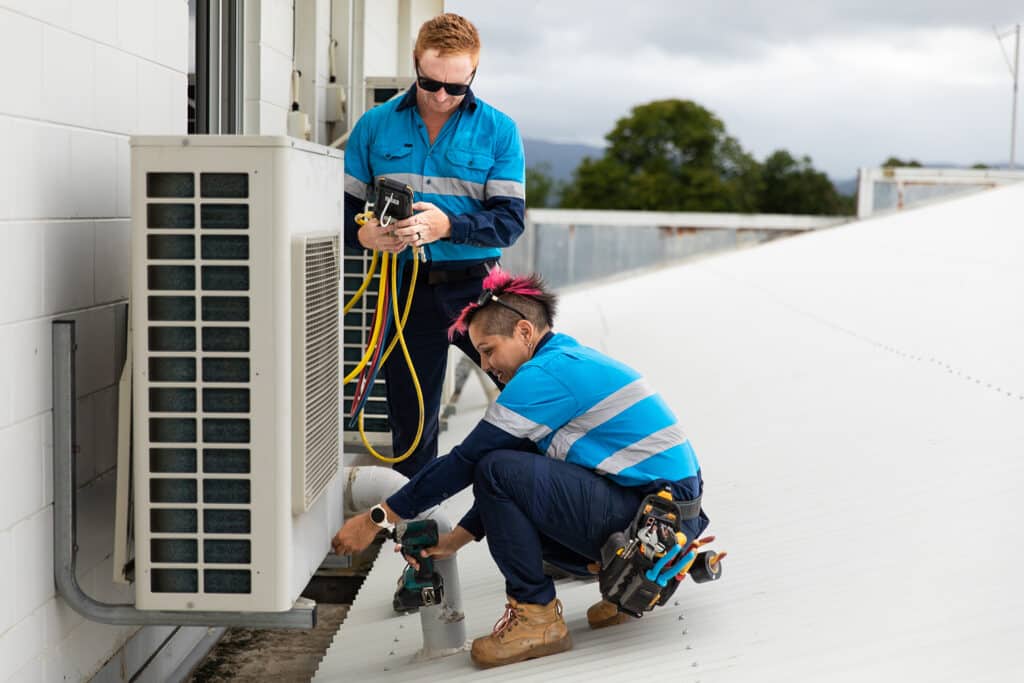
Are Consumer Protections in the Heating and Cooling Industry Working?
When a building owner or homeowner contacts a heating and cooling professional, their primary concerns may not always be in their best interest. The restoration of service and price frequently…
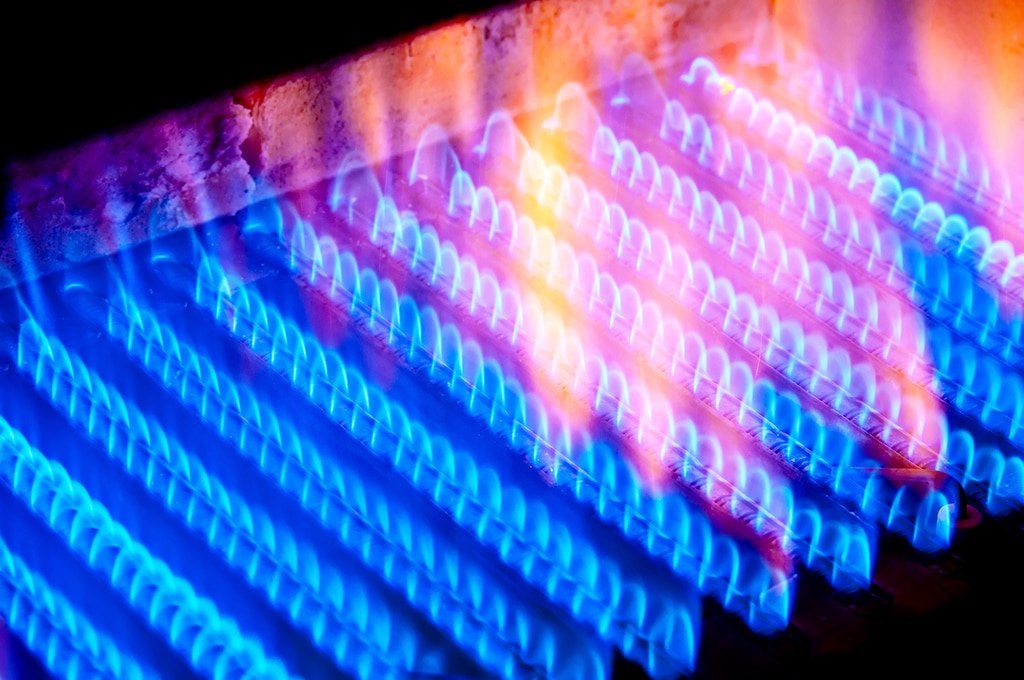
Why is California Banning Natural Gas Heaters?
What’s the deal with California and natural gas in buildings? It started with cities and counties requiring new construction projects to be all-electric. On Sept. 22, 2022, California policymakers voted…

The Inflation Reduction Act (IRA) is a Big Deal
The Biden administration has taken a significant step to address climate change. The Inflation Reduction Act (IRA) has been signed into legislation. Over half of the $737B in the legislation…
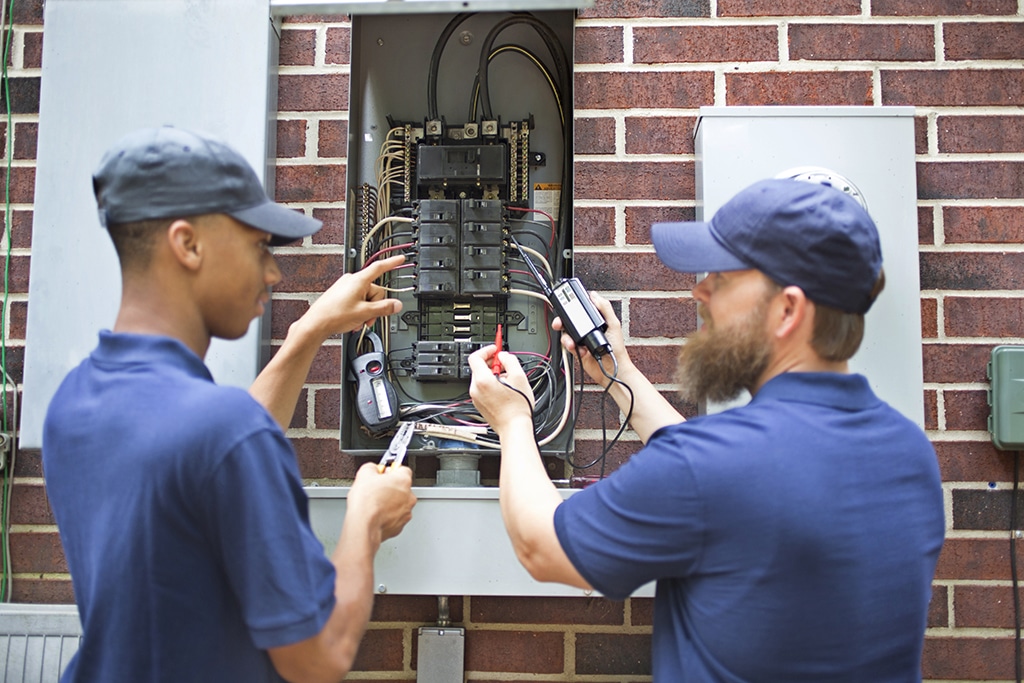
Contractors are facing two significant challenges to growth today. Supply chain issues are the first. Can you guess the second?
We spend a great deal of time talking to contractors. Understanding their challenges helps us focus our efforts as a trade organization. We continue to hear the same two concerns…
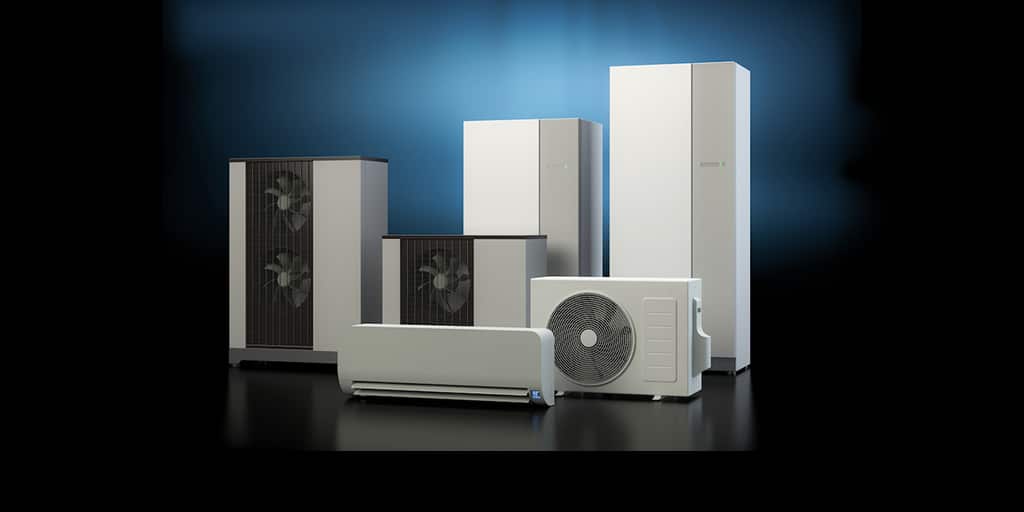
Five Reasons Heat Pumps Are Making the News
Heat pumps have been making the headlines recently. The Russian invasion of Ukraine has illustrated the security risks related to dependence on fossil fuels. Heat pumps are being promoted as…
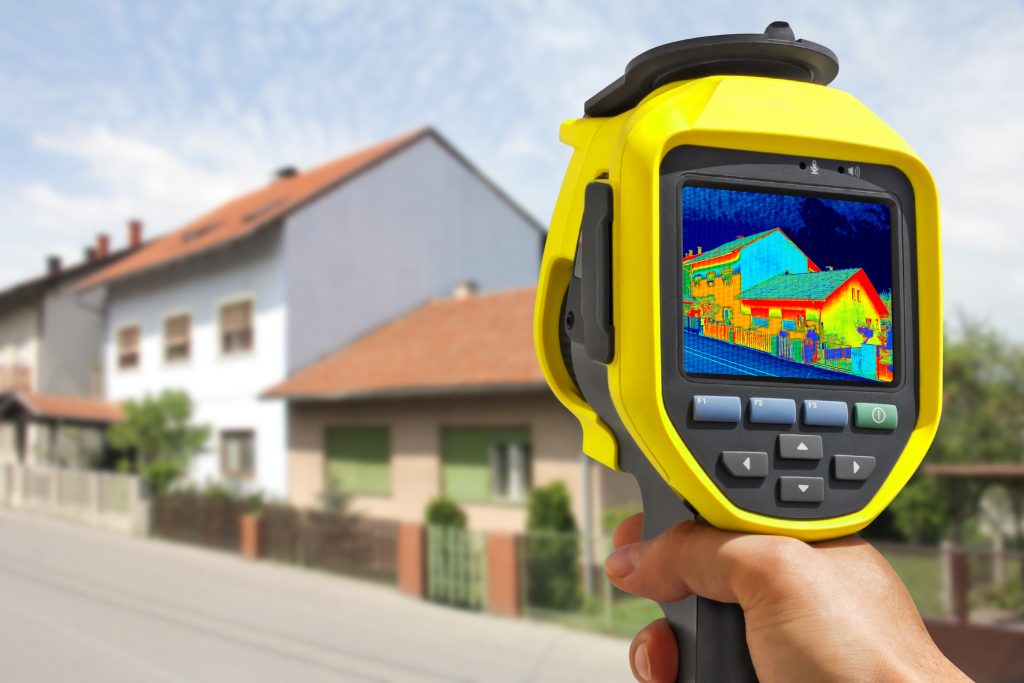
The Continued Value of Efficiency in a Decarbonization World
Posted by Charley Cormany, EFCA Executive Director It’s human nature — everyone wants to find that magic “silver bullet” that will solve all their problems. It’s no different in the …
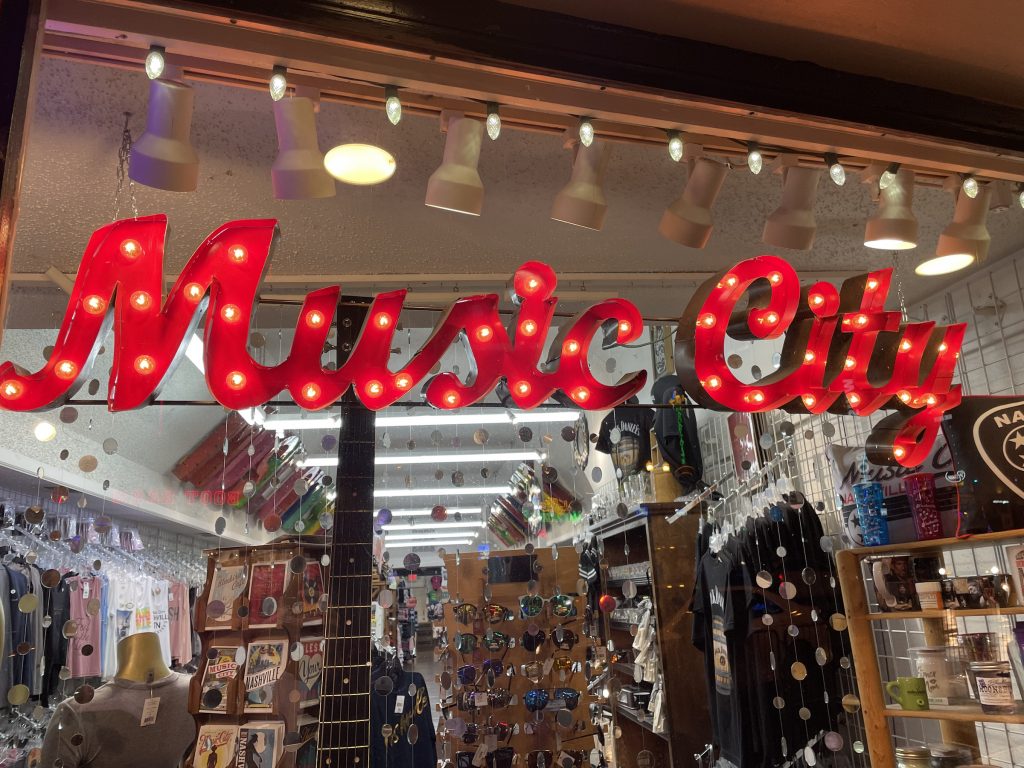
The BPA National Conference – How Was Nashville?
In April 2022, the Building Performance Association held its annual National Conference. For the past few years, the planners had to build a contingency for providing the content virtually due…
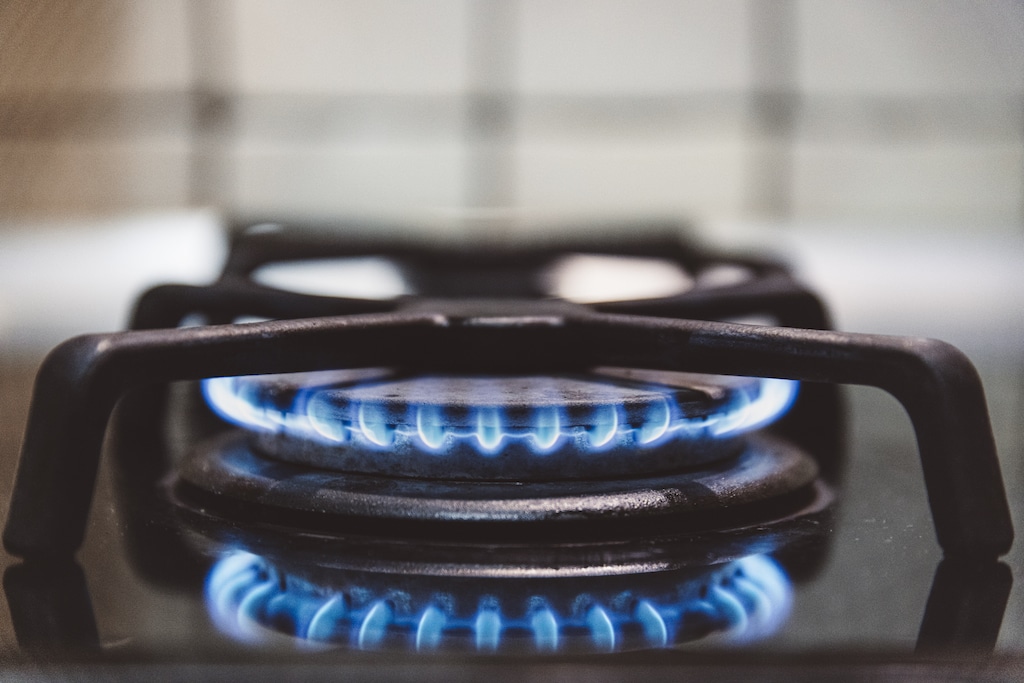
Still Think Gas Stoves Are Best for Cooking? Think Again
Posted by Charley Cormany, EFCA Executive Director For years, professional chefs have touted the benefits of natural gas stovetops for cooking. Gas burns clean, burners heat up instantly, and temperature …

A Perspective on TECH Clean California Incentives
Posted by Charley Cormany, EFCA Executive Director If you are a contractor in California, you have likely heard about the new Technology and Equipment for Clean Heating (TECH) incentive program. …
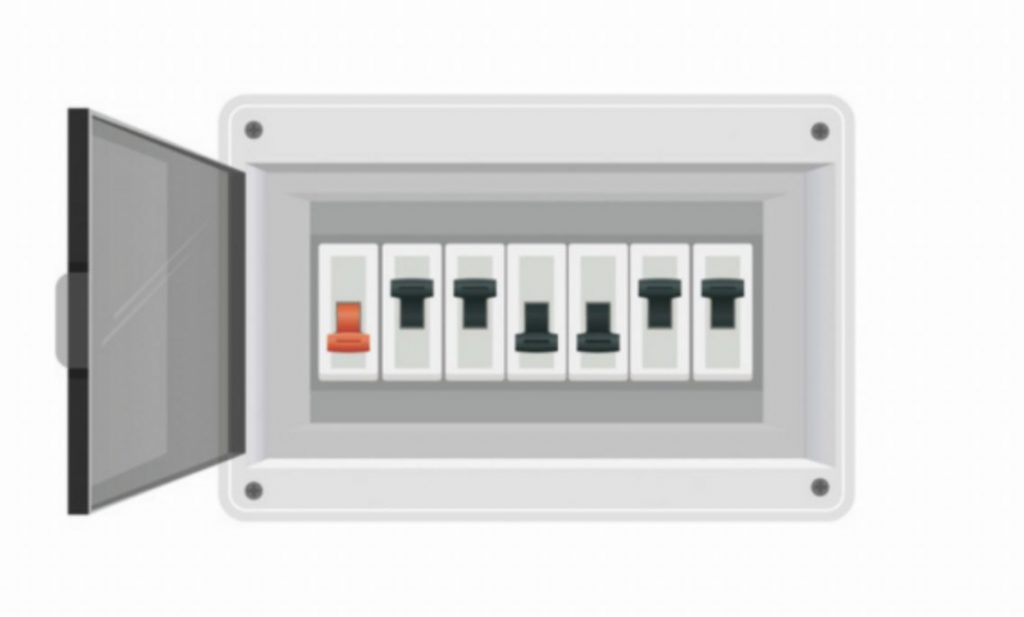
Do You Really Need to Upgrade Your Service Panel to Electrify Your Home?
Picture a common scenario you have likely encountered in home electrification retrofits…a homeowner considering the switch to an electric heat pump water heater or space heater and faced with the likelihood…
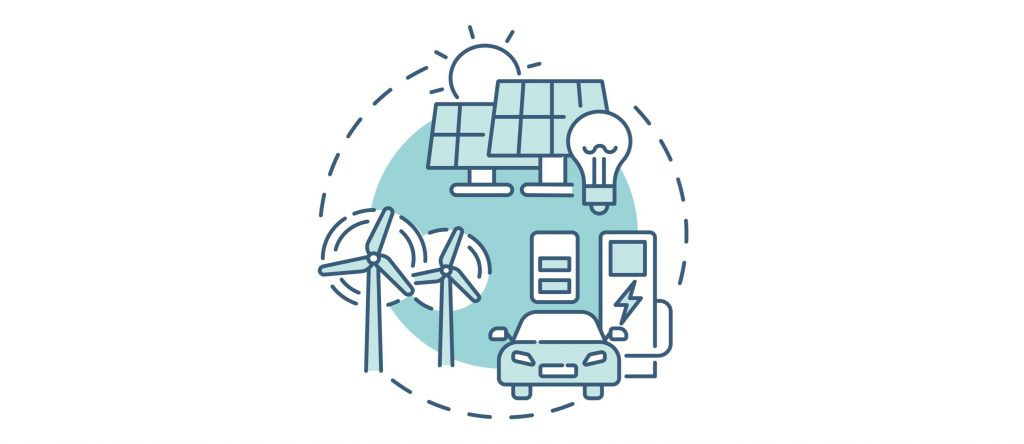
Is there a better way to access clean electricity than through the existing grid?
Electrification continues to get traction nationwide. Many are concerned about the impacts of adding electrical devices, like electric cars, to the grid. Naysayers claim this will only lead to more…

Spend a Bit More Now to Save Loads Later
Heating and cooling replacements are often done upon failure. When this happens, the primary concern is to restore service, leading to decisions that have long-term impacts. Here are a couple…

What’s with all the natural gas bans in California?
In Dec. 2019, the city of Berkeley adopted a reach code that placed a ban on natural gas in new construction. Since that time, forty-nine other cities and counties in…

How to Deal with Emergency Replacements and Still Support Electrification
Posted by Charley Cormany, EFCA Executive Director One of the biggest challenges for residential decarbonization is the emergency replacement of appliances. While many people could be convinced of the benefits …

What’s the Deal with Contractors and Heat Pumps?
Electric heat pumps for space heating are getting a lot of attention these days, and with good reason. Heat pumps are a readily available alternative to gas furnaces. They are…

Heat Pump Water Heaters – We Need to Get this Right
The state of California has passed some of the most aggressive greenhouse gas reduction legislation in the county. To meet projected reductions outlined in these laws, California will need to…
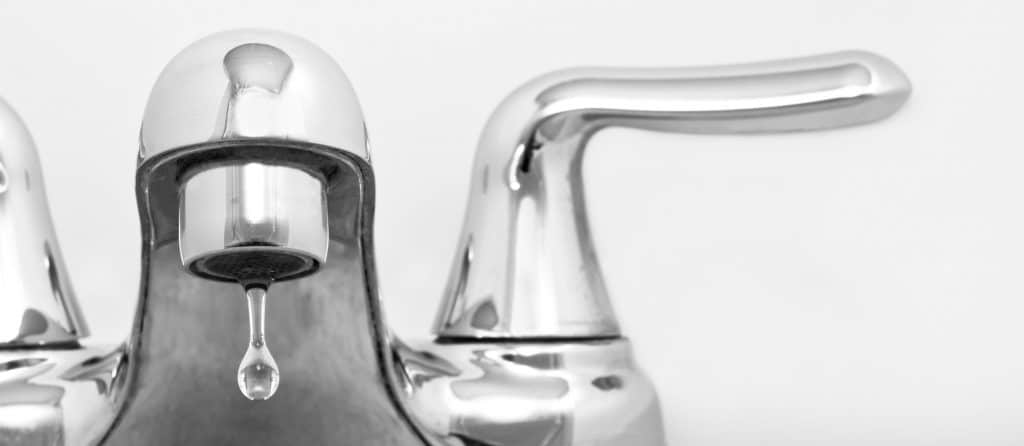
Simple Ways to Save Water – and Energy Too
California is yet again in the midst of a historic drought. Saving as much water as possible will be essential to make it through this parched summer. Read more for…

Energy Efficiency Finally Gets the Credit it Deserves
Home performance contractors have been selling deep energy retrofits for years. One of the critical selling tactics is concentrating on the Non-Energy Benefits (NEBs) of high-performance buildings. The real question…
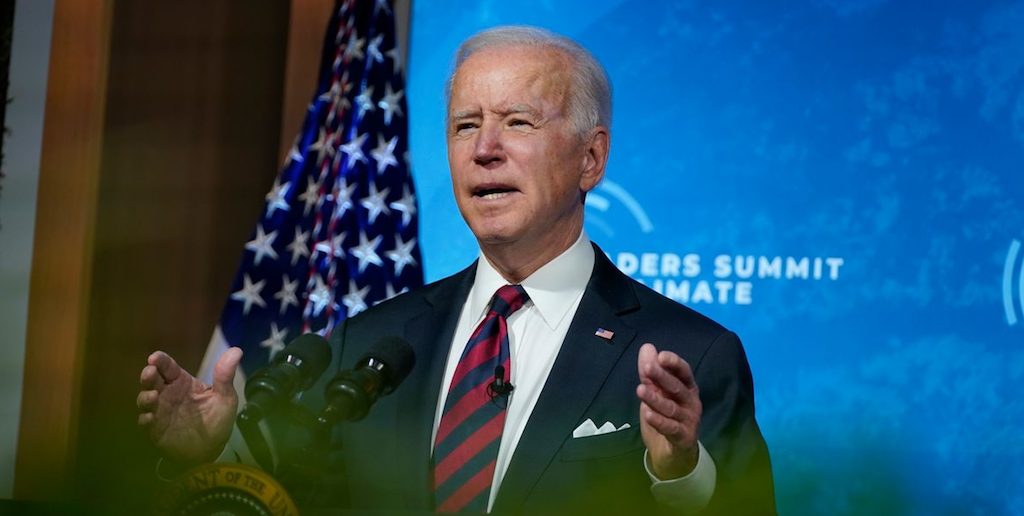
Changing the Focus: From Saving Energy to Saving the Planet
President Biden has already made it clear that combating climate change is a centerpiece of his administration’s agenda. Biden has reached an agreement with China and 40 other world leaders…

Having Trouble Finding a Clean Energy Contractor? Efficiency First California is Making it Easier
In the face of pandemic-related budget shortfalls, Efficiency First CA pivoted to keep staff working and created a tool that supports contractors in a new way. Read more to find…
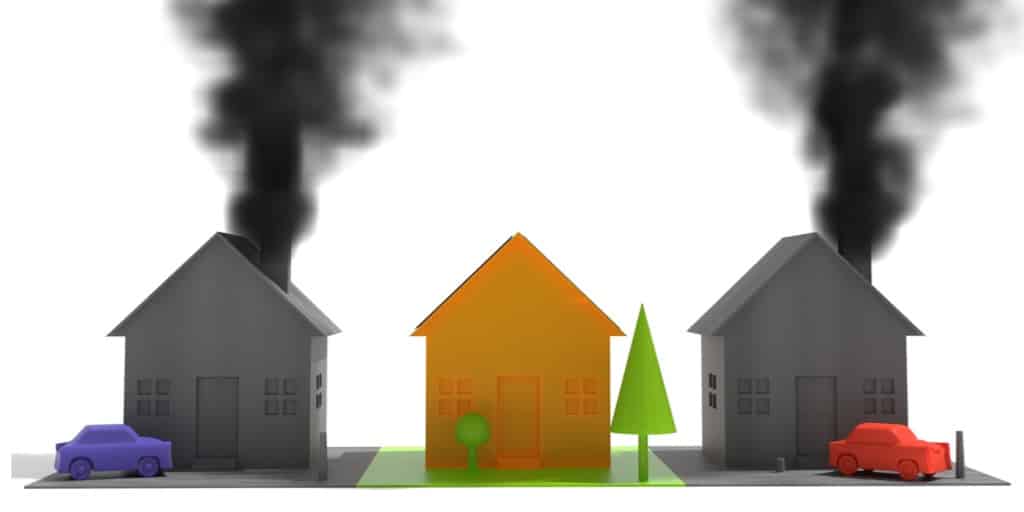
Four Steps to a Clean Energy Future
Having the proper knowledge and guidelines to a clean future is crucial now, as we continually see the impacts fossil fuels make to our climate. There are many tools and efficient steps everyone can…
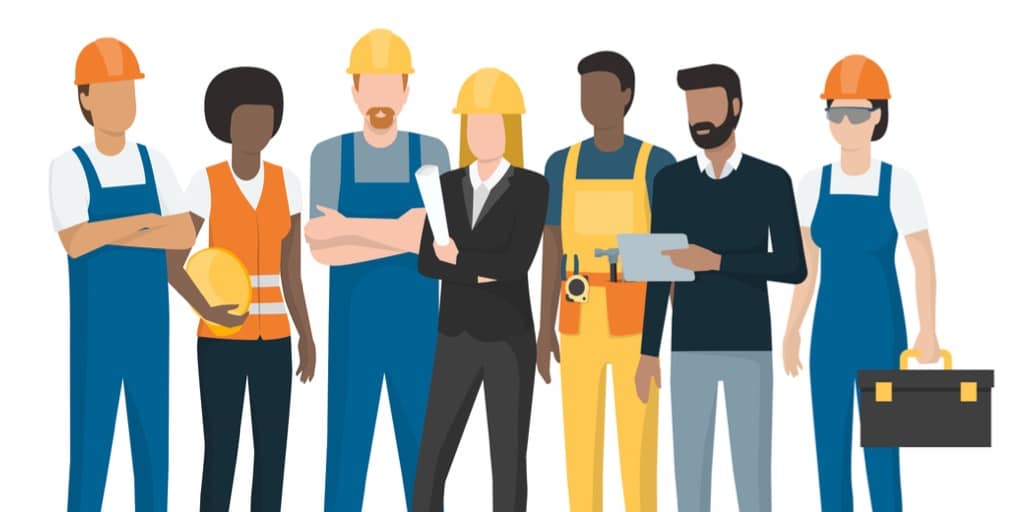
The Biggest Barrier to Electrifying Buildings is not Technology
As California marches to an all-electric future, there will be challenges along the way. Market transformations require the coordination of multiple efforts. There are often significant barriers in policy or…

2020 Changed Everything – Including the Home Performance Industry
No matter who you are, you probably will never forget 2020. The pandemic has affected the whole planet, and the world has changed. Events we once only dreamed of or…

Why are Contractors Still Pushing Gas Furnaces?
California is blazing a path to all-electric homes. But replacing natural gas as our primary residential energy source will be a challenge. The real problem is shifting the perception of…
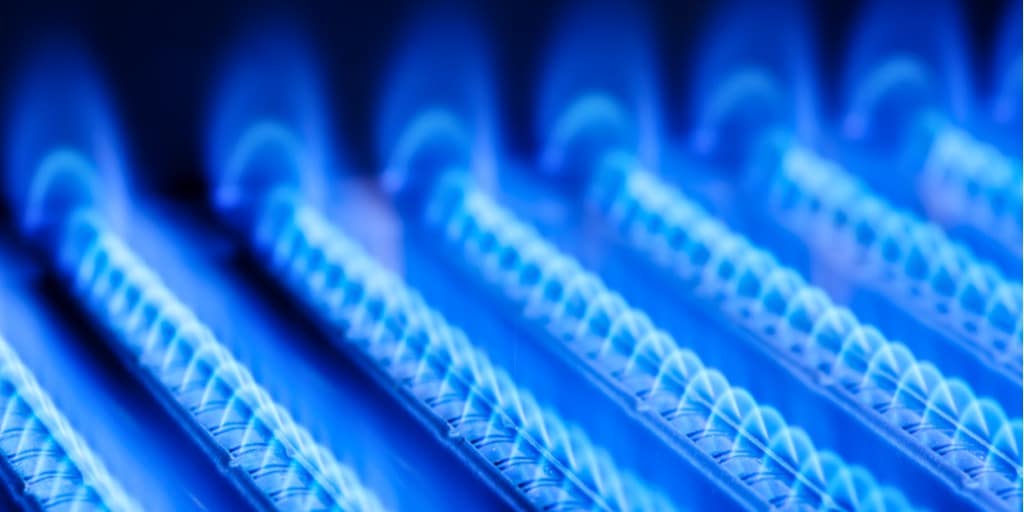
How California’s Climate Policies Are Impacting “Clean” Natural Gas
Californians continue to burn natural gas, but they won’t be doing so for long. Recent policy is driving the trend to eliminate “clean” natural gas from energy production and residential…
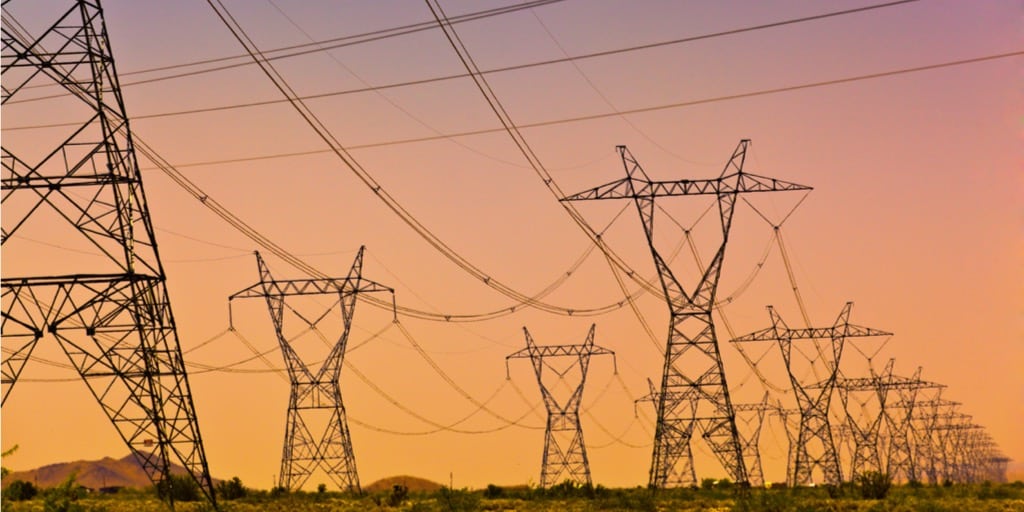
Why Energy Efficiency is a Crucial Component of Grid Management
Cal ISO, California’s independent system operator, employs several strategies to help prevent rolling blackouts. Energy Efficiency has long played a critical role in grid management, and will continue to for…

“I Hear You Knockin’, But You Can’t Come In” To My Home
Posted by Charley Cormany, EFCA Executive Director How contractors can continue to work in homes during a pandemic. Tips and new technology to help bid and complete projects in a …
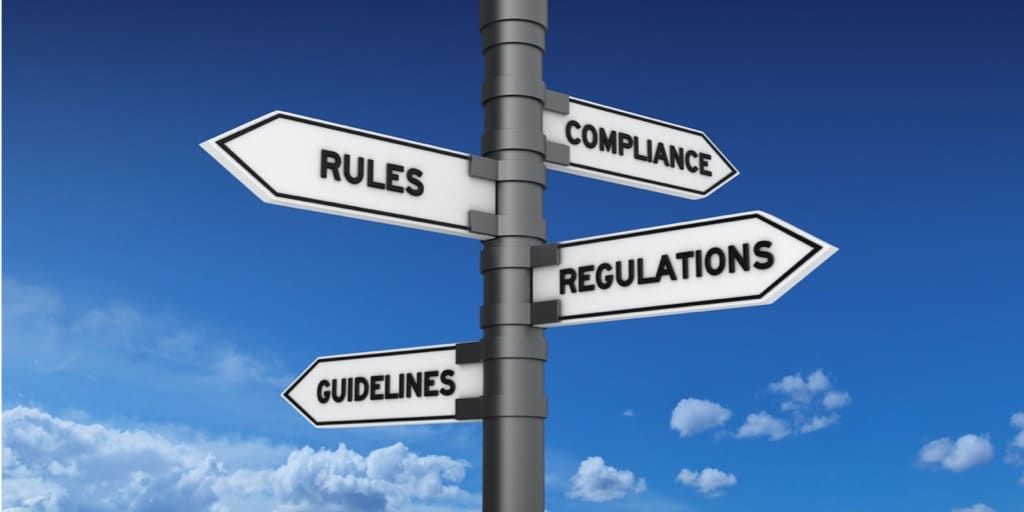
Requiring New Technologies Is Not Always the Best Choice
Regulations have their place. Supporters of new technologies often encourage mandates to ensure the adoption of their products. Are mandates the right way to get new technology into the hands…
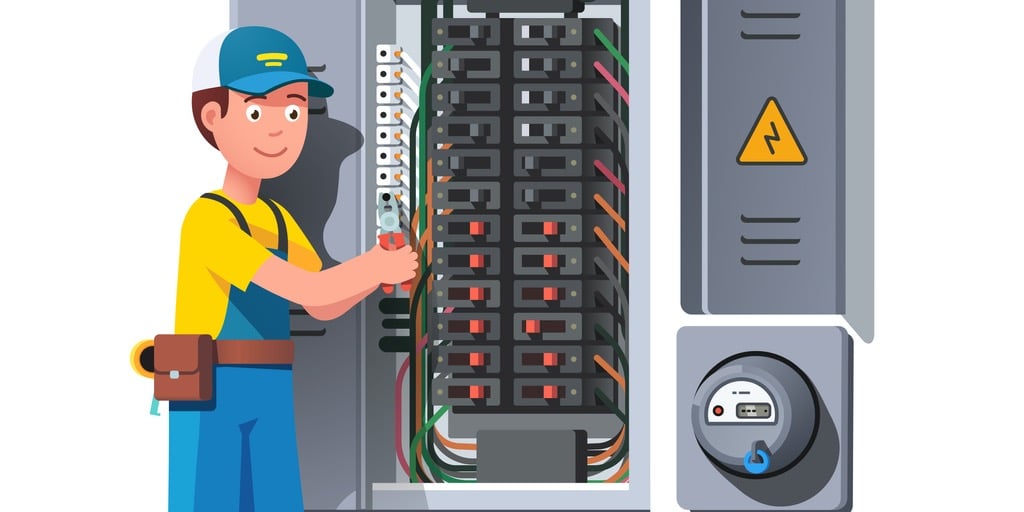
Are we overlooking the first step towards electrification?
Posted by Charley Cormany, EFCA Executive Director As we deploy more renewable generation, the electrical distribution grid is quickly becoming the cleanest source of power in the state. A few …
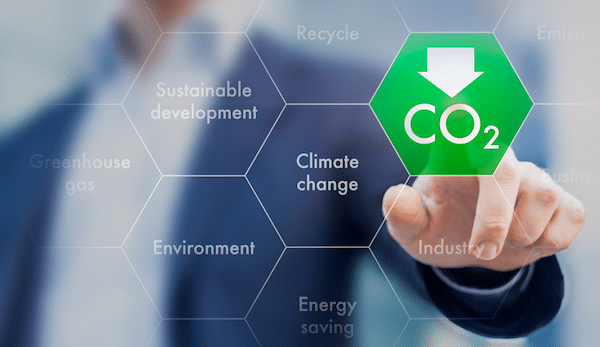
Is Energy Efficiency Dead In A Decarbonization Future?
Posted by Charley Cormany, EFCA Executive Director Over the past 50 years, energy efficiency has played a critical role in California. The state’s aggressive efforts to reduce energy consumption, triggered …

Is There A Silver Lining To The Stay At Home Order?
Posted by Charley Cormany, EFCA Executive Director These are difficult times. While we all might hope that things can get back to “normal” soon, it’s likely that some things will …

6 Tips For Working From Home
Posted by Charley Cormany, EFCA Executive Director A little over five years ago, I took on the position of executive director at Efficiency First California. It was a challenging time. I …
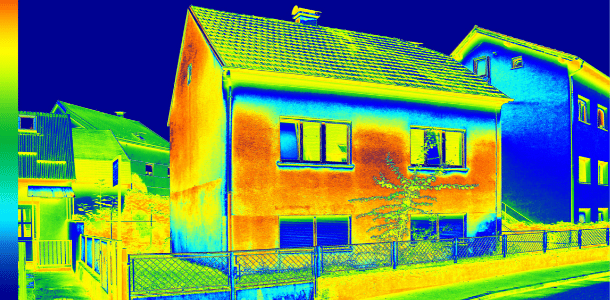
It’s All About BS: Building Science
Posted by Charley Cormany, EFCA Executive Director If you ask tradespeople or contractors about how and why they perform a specific task they do regularly in a certain way–like hanging HVAC ducts …
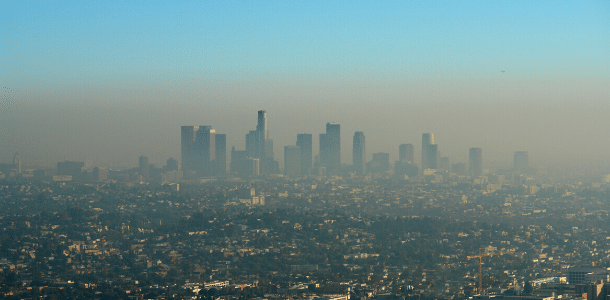
What Is Driving Changes In California Energy Policy?
Posted by Charley Cormany, EFCA Executive Director California is pushing hard to cut its carbon footprint. Senate Bill 32 (passed in 2016), requires the state to reduce greenhouse gas (GHG) emissions …

Why Heat Pumps All Of A Sudden?
Posted by Charley Cormany, EFCA Executive Director Over the past year, it seems like everyone involved in California energy policy has started talking about heat pumps–even if they’re not 100 percent sure …

The Power Is Off. Now What?
Posted by Charley Cormany, EFCA Executive Director Once again, California has been challenged by devasting and deadly wildfires ripping across the state. The Kincade fire raged out of control in …

Are Autumn Firestorms and Power Shut Downs The New Norm For California?
Posted by Charley Cormany, EFCA Executive Director California is under siege; our fall warm winds have turned into a vehicle for disaster. If you watch the national news, it appears …

Unintended Consequences
Posted by Charley Cormany, EFCA Executive Director There is no doubt the electrification trend is taking hold in California. As reducing greenhouse gases (GHG) becomes the most important goal for …
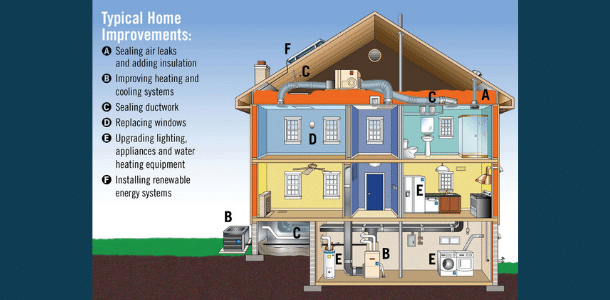
Will Decarbonization Work Without Energy Efficiency?
California is going through a policy paradigm shift concerning energy efficiency, the goal of saving energy overall taking a back seat to reducing emissions. With all of these changes, it’s…

Did You Know Your House Has A Tailpipe Too?
Posted by Charley Cormany, EFCA Executive Director Recently, there has been a noticeable shift in California energy efficiency policy. For years the focus has been on the overall reduction in …
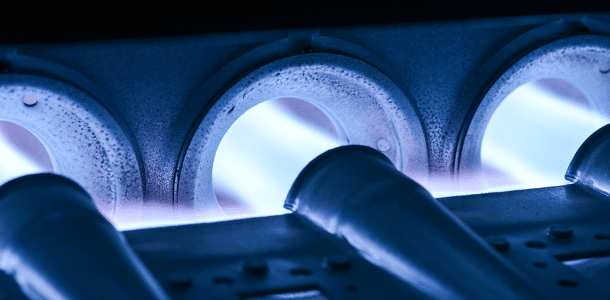
I believe in electrification. So why did I just install a new furnace?
Posted by Gabe Lieb, EFCA Director of Strategy Our executive director Charley Cormany works with the Building Decarbonization Coalition and National Resources Defense Council (NRDC) to bring a contractor’s perspective …

How To Hide The BS In Your Work
Posted by Charley Cormany, EFCA Executive Director Building Science (BS) is pretty powerful stuff. Home performance contractors have been providing data and improving building science techniques for well over 30 …
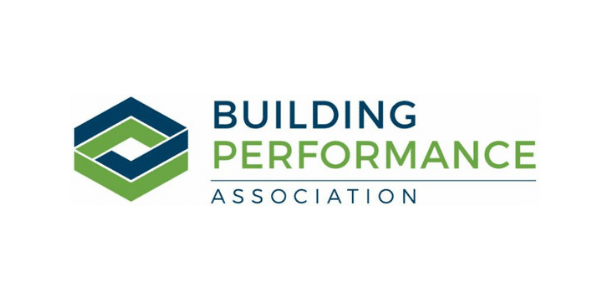
Efficiency First is Now Part of the Building Performance Association
Posted by Charley Cormany, EFCA Executive Director Two years ago at the Home Performance Coalition conference in Nashville, a few folks had an after-hours conversation discussing the state of the …

Residential Energy Efficiency Business Partners You Might Be Overlooking
Posted by Charley Cormany, EFCA Executive Director The role financing plays in building comprehensive projects. If you are a contractor, you most likely spend a fair amount of time generating …
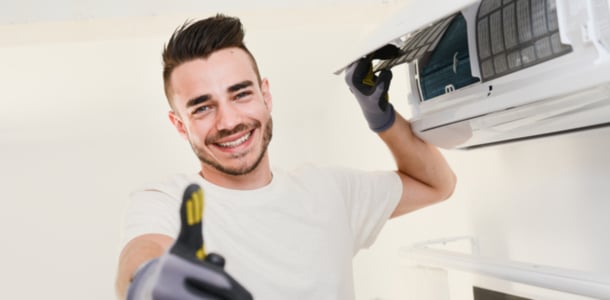
Membership Is The Power Of Many Voices
Posted by Charley Cormany, EFCA Executive Director We are in a push to build membership. Recently I stopped to ask myself what is the message we need to send in …
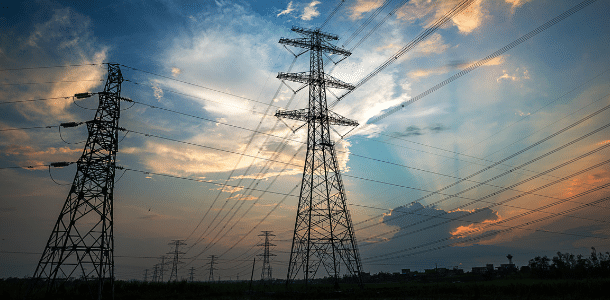
Will PG&E’s Bankruptcy Filing Help Or Hurt The Industry?
Posted by Charley Cormany, EFCA Executive Director The Grid Is Changing The recent fires in California have had tragic consequences. Thousands of people have lost their homes. Many have lost …
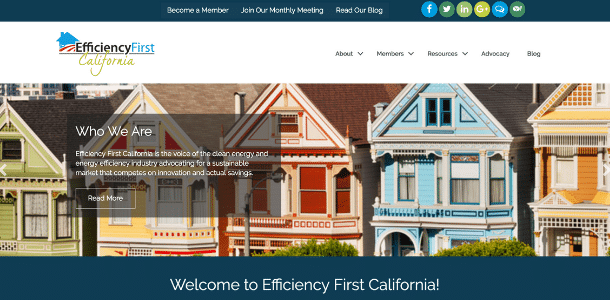
Launch Of Our New Website
Posted by Charley Cormany, EFCA Executive Director After much consideration and research, we’re very excited to announce the launch of Efficiency First California’s new website! We’re now using a software …

2018 IHACI Trade Show- What You Missed
Posted by Charley Cormany, EFCA Executive Director Recently, I attended the 39th annual Institute of Heating and Air Conditioning Industries (IHACI) trade show in Pasadena, California, in the hopes of …
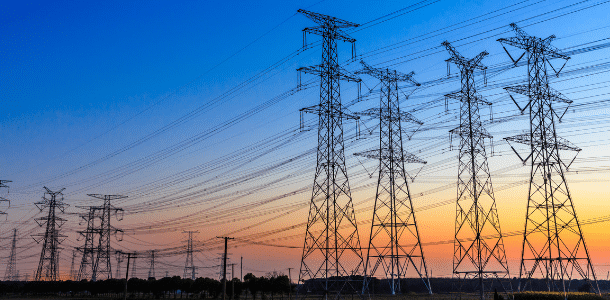
Home Performance In California Is Changing
Home performance hasn’t changed much over the past 30 years. Recently though, a few big things have started to change in the world of energy. Contractors need to be aware…

Quality Work Is Worth The Effort
Posted by Charley Cormany, EFCA Executive Director A few rotten apples The world is full of contractor horror stories. Over the years, contractors have lost customer trust, often for good …

What You Missed At The ZNE Retreat
It’s amazing how many energy efficiency conferences and workshops have surfaced recently. The Redwood Energy Zero Net Energy Retreat, which takes place twice a year, is one of the best…
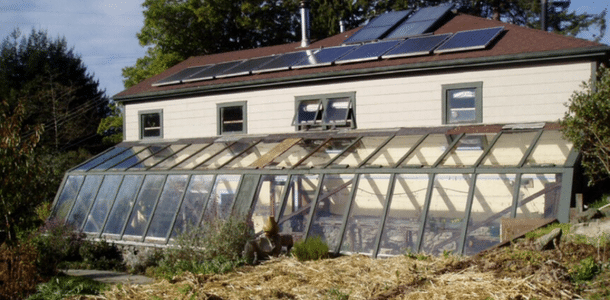
On-The-Job Experience: Why Electrification Is Better And Cheaper
Sean Armstrong is the Managing Principal of Redwood Energy, one of the nation’s leading ZNE design firms and an Efficiency First California board member. His argument for electrification is based …

TEDx HPC Conference 2018
This year, the Home Performance Coalition hosted it’s first annual TEDx event at its national conference in Philadelphia. The room was packed, the BYOB was flowing and the energy was…

The Real Heroes Of Home Performance
When you become a business owner you quickly learn the true cost and value of employees. Good ones are hard to find, especially in tight labor markets where there are…
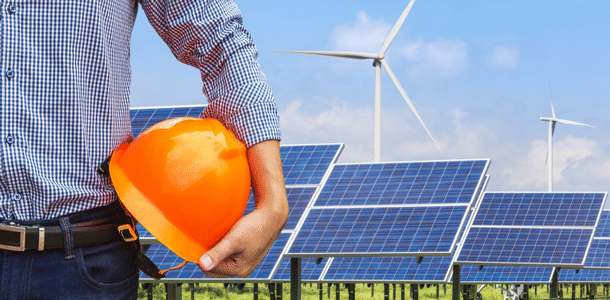
The Best Energy Source For Our Future
When it comes to energy, society is at a crossroads. Our existing supplies are heavily based on fossil fuels, a limited and dirty solution. There are alternatives to the current…
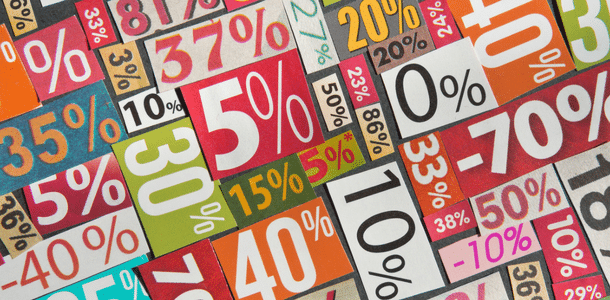
When Good Incentives Go Bad
It’s a common practice to try to encourage or change behavior with incentives. What happens when you encourage the wrong behavior?

Advocacy Update: The State of California
Posted by Charley Cormany, EFCA Executive Director We’re taking a departure from the goings on at the state capital and will instead focus on some events that are occurring across …

Get Fire Out Of Our Buildings
In today’s world fire still provides most of the heating needs in our dwellings. Why are we still burning things at all and how can we change it? It turns…
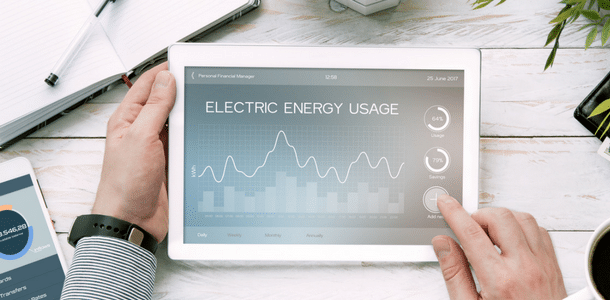
Will Data Save Home Performance?
Having a good way to measure efficiency is valuable to the home performance industry for many reasons. Until recently though, measuring energy efficiency has been easier said than done. Fortunately,…
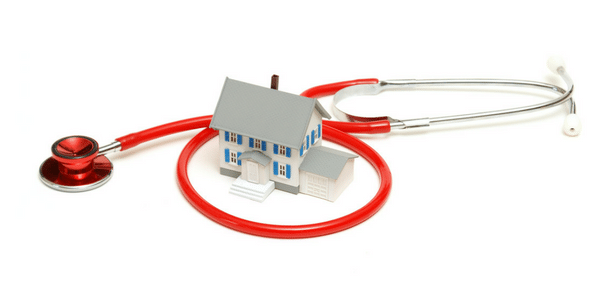
Is Health The Future of Home Performance?
There are always positive and negatives sides of every story. We ask this questions again: should we be driving the home performance industry to focus on promoting health benefits as…

3 Myths About Indoor Air Quality (IAQ)
Our Executive Director, Charley Cormany lives and works in Sonoma. In last months blog, he recounted his experience with the Northern California wildfires. During the fires and the dealing with…

Fire, Smoke, and N-95s
When there is a wildfire the air quality suffers greatly. Unfortunately, people affected by the Northern California fires had to learn about PM2.5 and N95s ratings on face masks. Perhaps…

The Latest Trend in Home Performance: Why You Should Be Concerned
Should the home performance industry be driving a focus on promoting health benefits as a way to stimulate growth and potentially spur market transformation?
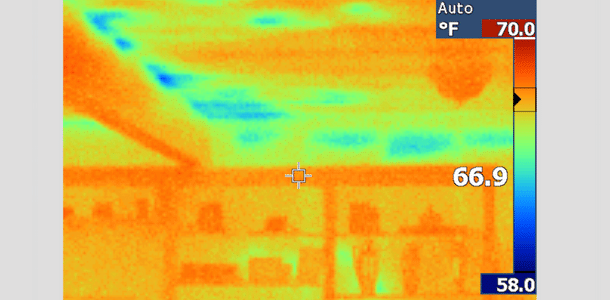
The True Value of an Energy Audit
Performing a residential energy audit can be time-consuming and not always get you a new client. Are you giving away a service for free?

Will ZNE Transform Energy Efficiency?
The combination of the reduced cost of solar panels along with advances in energy efficiency means the potential for ZNE is growing more attractive.

It’s Time to Stop Using Fire in Our Homes
It’s time to embrace the future and stop relying on “fire” as the go to energy solution in our homes. How can we ensure the homeowner’s safety, save utilities money,…

Good Intentions, Poor Results
The energy efficiency industry in California is tangled with regulation. How can this regulation be better enforced, without wasting time and money?
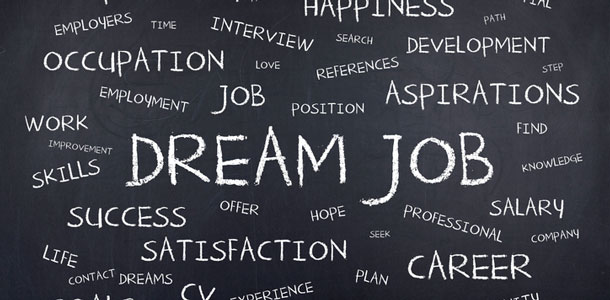
Building a Clean Energy Future, Respect for the People Who Will Build It
The California Home Performance industry is starving for workers. How did we get here and what are we going to do about it?
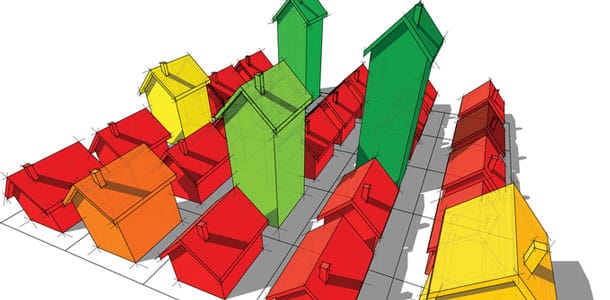
When Simpler is Better: Choosing the Right Home Efficiency Rating for Point of Sale Comparisons
Comprehensive industry tools like HERS have their place. But if we need a way to measure home efficiency at time of sale, a simpler tool would be better.

Who’s Your Best Home Performance Customer?
If you figure out who your best home performance customer is, you can target your marketing and sales to get them. The key is to keep it simple and focused.
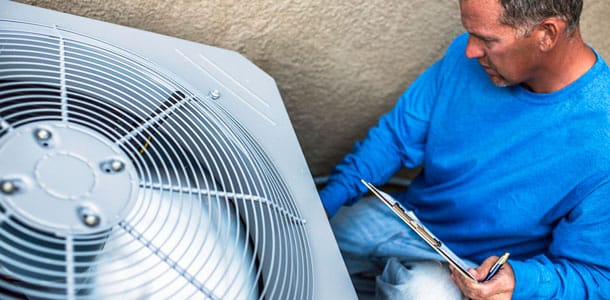
The Perfect Solution, and Why it is Not Working
California has made a lot of progress in its energy saving goals, but there’s one big roadblock to bigger gains in residential energy efficiency.
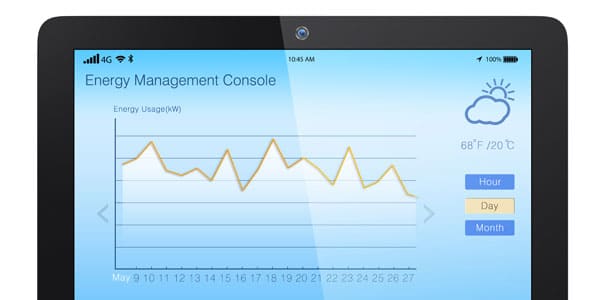
Can Energy Monitoring Services Bolster Your Bottom Line?
Find out how home performance and energy efficiency contractors can use energy monitoring services like HVAC companies uses annual service contracts.

Stepping Back: Work on Your Home Performance Business, Not in It
If you’re constantly putting out fires at your home performance or energy efficiency business, then how do you find the time to think bigger picture?
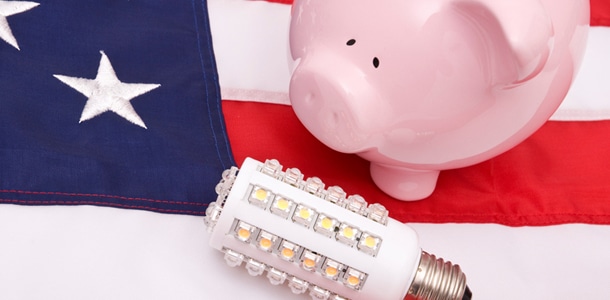
What Trump Does Not Know About Energy Efficiency
Trump thinks global warming is a hoax, wants to promote coal and gut the EPA. Does energy efficiency have a chance in this new era? We think it does.

4 Ways Residential Pay-For-Performance Will Change The Market
PG&E has sent out an RFP to create a residential pay-for-performance pilot program for energy efficiency. Is it more of the same, or a game changer?
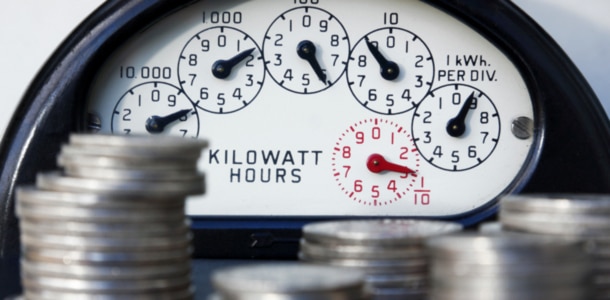
6 Ways Recent California Legislation Will Change Home Performance
California home performance contractors have been a secondary part of the incentive process for years. Recent legislation is bringing positive changes.
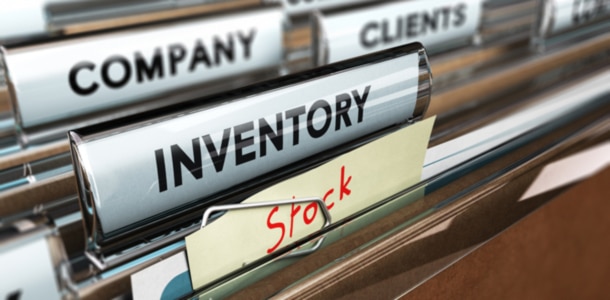
Getting the Systems Right: What I’ve Learned About What Works for Contractors—and What Doesn’t.
The right systems can turn a chaotic and inefficient work environment into a thriving energy efficiency contractor business. Here’s what I’ve learned works.
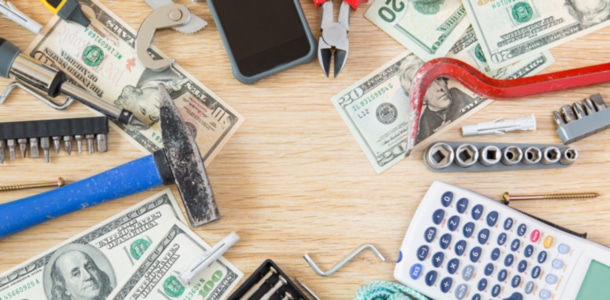
Is Your “Bag of Tricks” Missing a Critical Tool?
If you’re not offering financing to your energy efficiency upgrade clients, you should. Now more than ever there are better options. Find out more.

10 Ways for Contractors to Be More Professional
Being more professional can help any contractor business be more successful, especially energy efficiency and home performance ones. Here are 10 tips.

It Takes a Village to Raise a Home Performance Industry
One of Efficiency First California’s goals is to help build a sense of community between home performance and energy efficiency contractors. Here’s how.
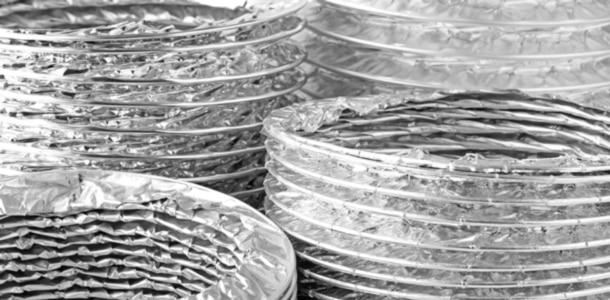
7 Ways Contractors Can Reduce Materials Costs
Growing your contracting business is exciting. Figuring out how to reduce your materials costs is not. Here are some tips from a former contractor.

Why Should You Support Your Trade Organization
Trade group membership is about more than discounts. Joining is also about supporting advocacy, helping build a community and having access to resources.
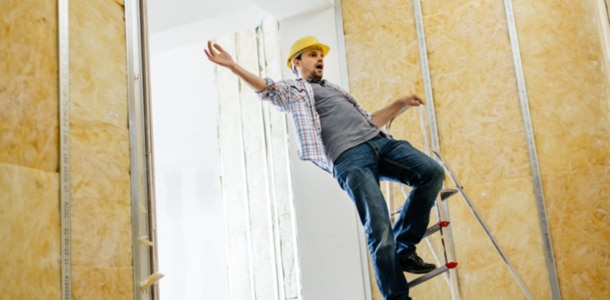
8 Tips about Insurance for Contractors
As a contractor, you probably feel too busy to figure out insurance. That’s how EFCA Board Member Ori Skloot felt. Then he learned more.
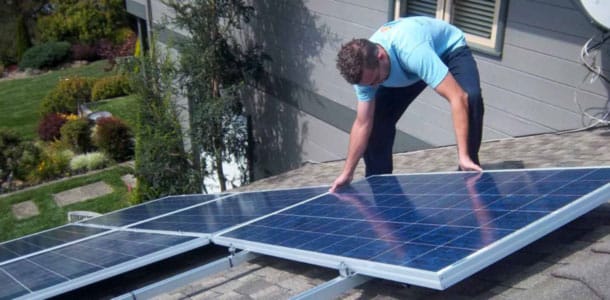
7 Services to Add to Your Home Performance Toolkit
It’s a good idea to add services to increase job size or to help get work in the slow season. Learn from AHE’s experience trying 7 home performance add-ons.
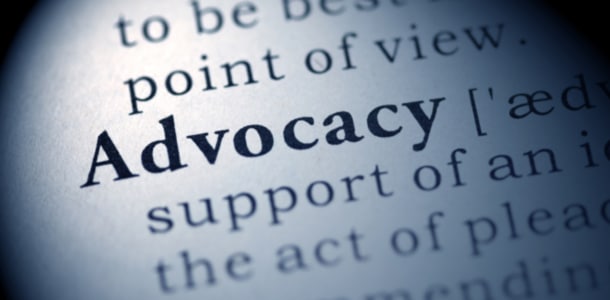
The Challenges of Energy Efficiency Advocacy
As a trade organization, Efficiency First is responsible for Advocacy in Washington DC. EFCA is responsible for California. Here are the challenges.
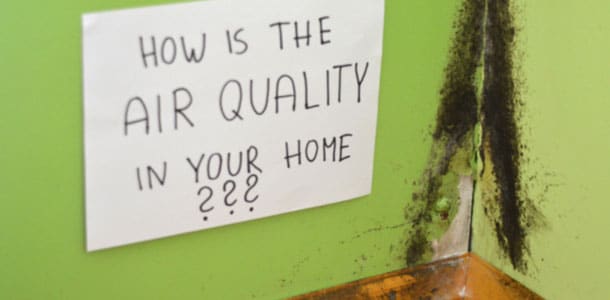
What Really Sells Energy Efficiency Upgrades
Contractors are often too focused on the rebates and energy efficiency. The industry has to do a better job of highlighting the other benefits of upgrades.

Six Keys to Selling Energy Efficiency
You need to help your salespeople become comfortable selling. Beyond that, here are six key practices that defined Advanced Home Energy’s sales process.

Google HSAs are Bad for Energy Efficiency
Google has been testing a new product in the Bay Area, called Google Home Services Ads (HSAs). Recent updates are bad news energy efficiency contractors.
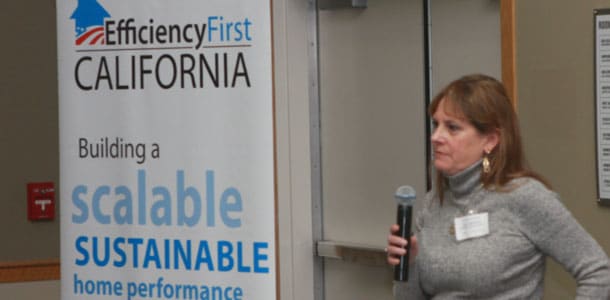
PG&E’s Contractor Exchange – Was it Worth Attending?
The 2016 PG&E Contractors Exchange mingled Home Performance Contractors with A/C Quality Care Program contractors. Was attending the event still worth it?
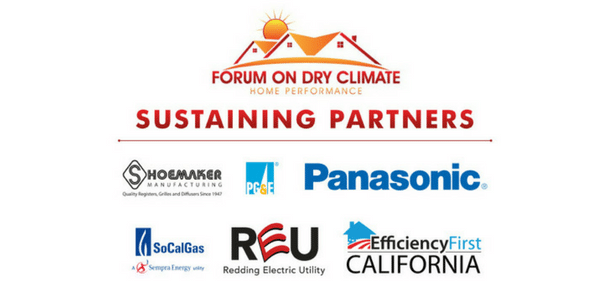
The “M” Word
Posted by Charley Cormany, EFCA Executive Director No it’s not married or money or mad it is the word modeled. More specifically it is the process of using models to …

Energy Upgrade California is Not Sustainable
Posted by Charley Cormany, EFCA Executive Director Those might be tough words to hear to those of you that have ignored the warnings and built your business around a rebate …

New momentum in the California Legislature is leading to real change in the industry
Posted by Charley Cormany, EFCA Executive Director After years of doing the same thing and expecting a different result there is finally some real change on the horizon for the …
